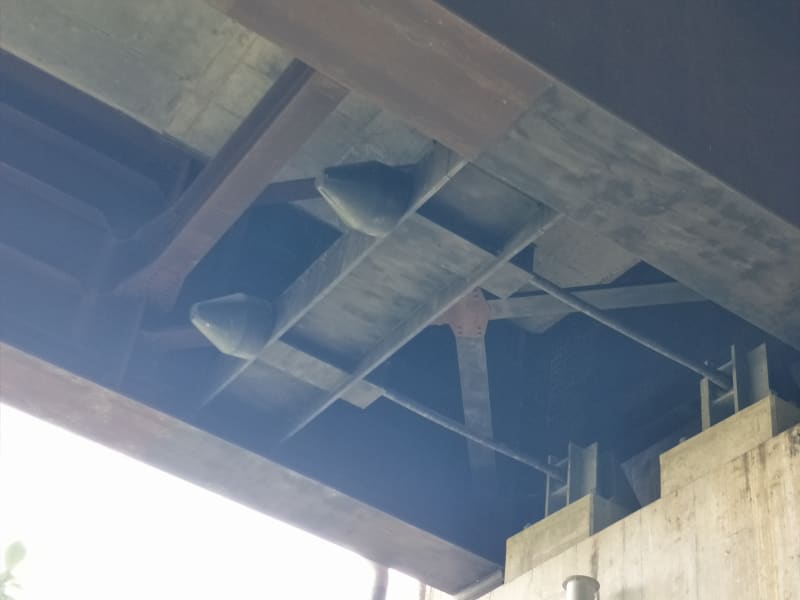Anselbray
Civil/Environmental
- Mar 1, 2020
- 1

Thank you.
Follow along with the video below to see how to install our site as a web app on your home screen.
Note: This feature may not be available in some browsers.

IRstuff said:I was thinking more that the roadway structure is somehow floating on the supports, and the anchors keep the roadway structure from slipping off the supports.
Lateral bracing at the top and bottom and only at the end bay!?
Intermediate added flanges along the web!?
OP is from the Phillipines so their standard of practice must be different.
